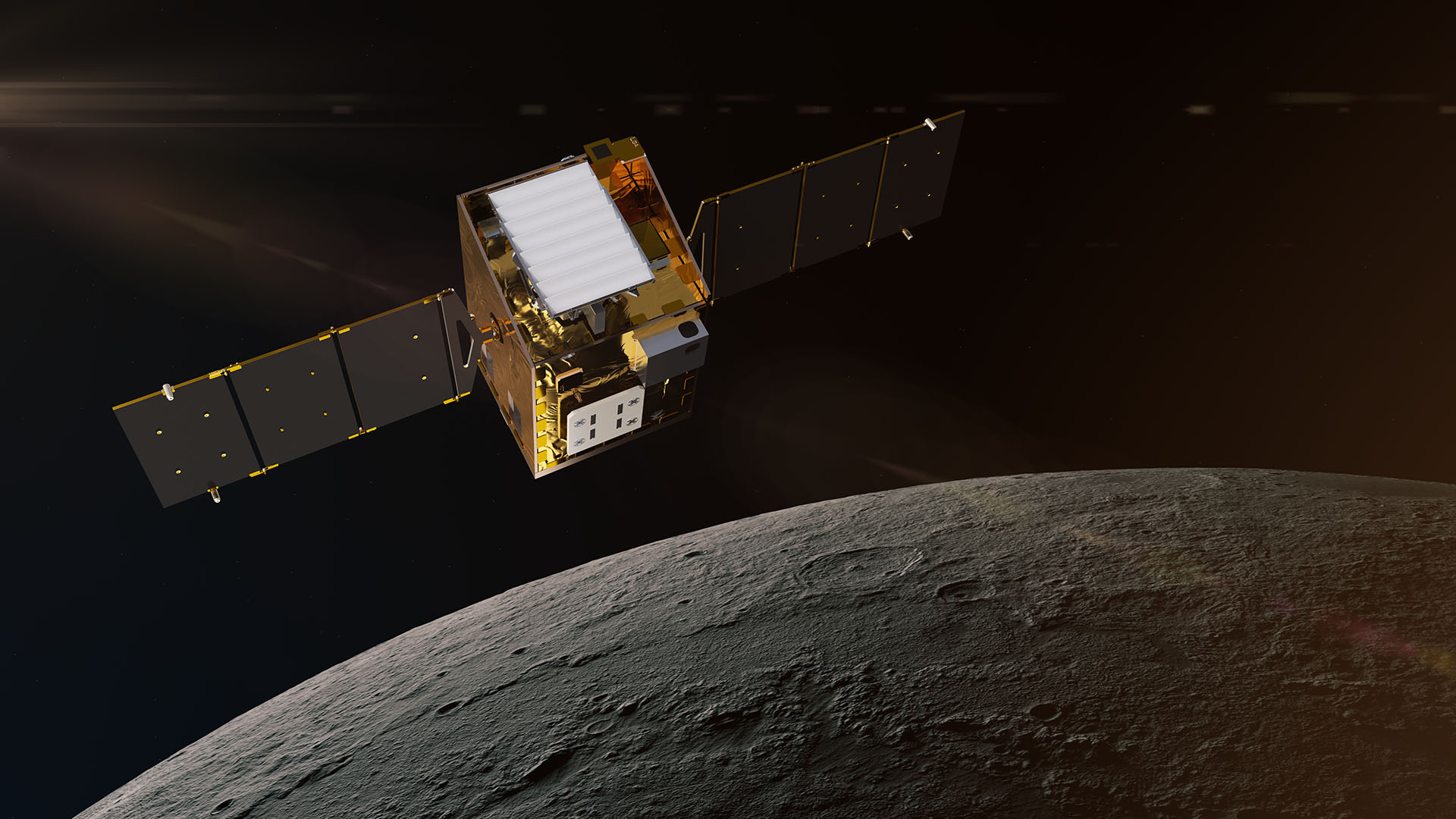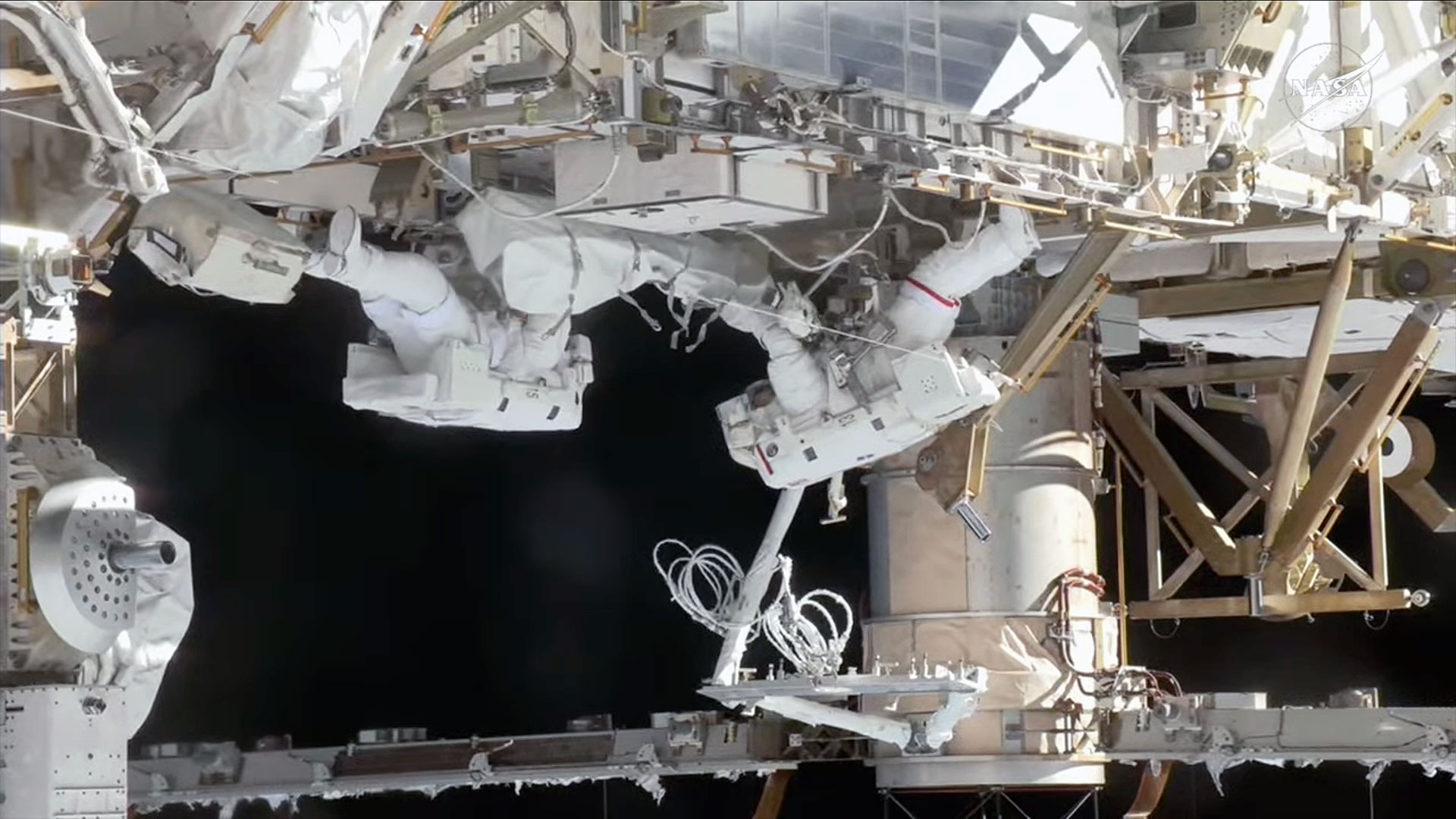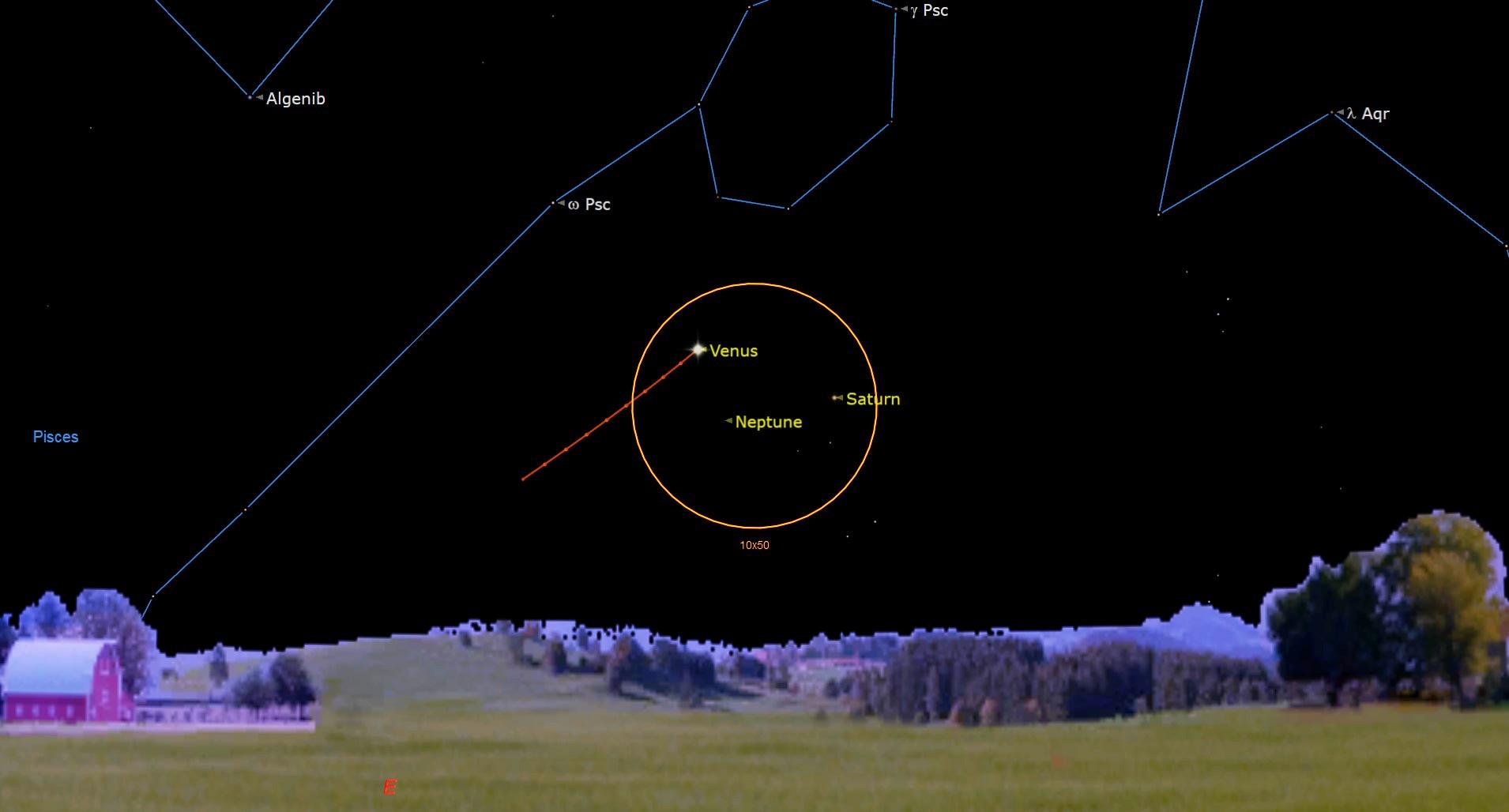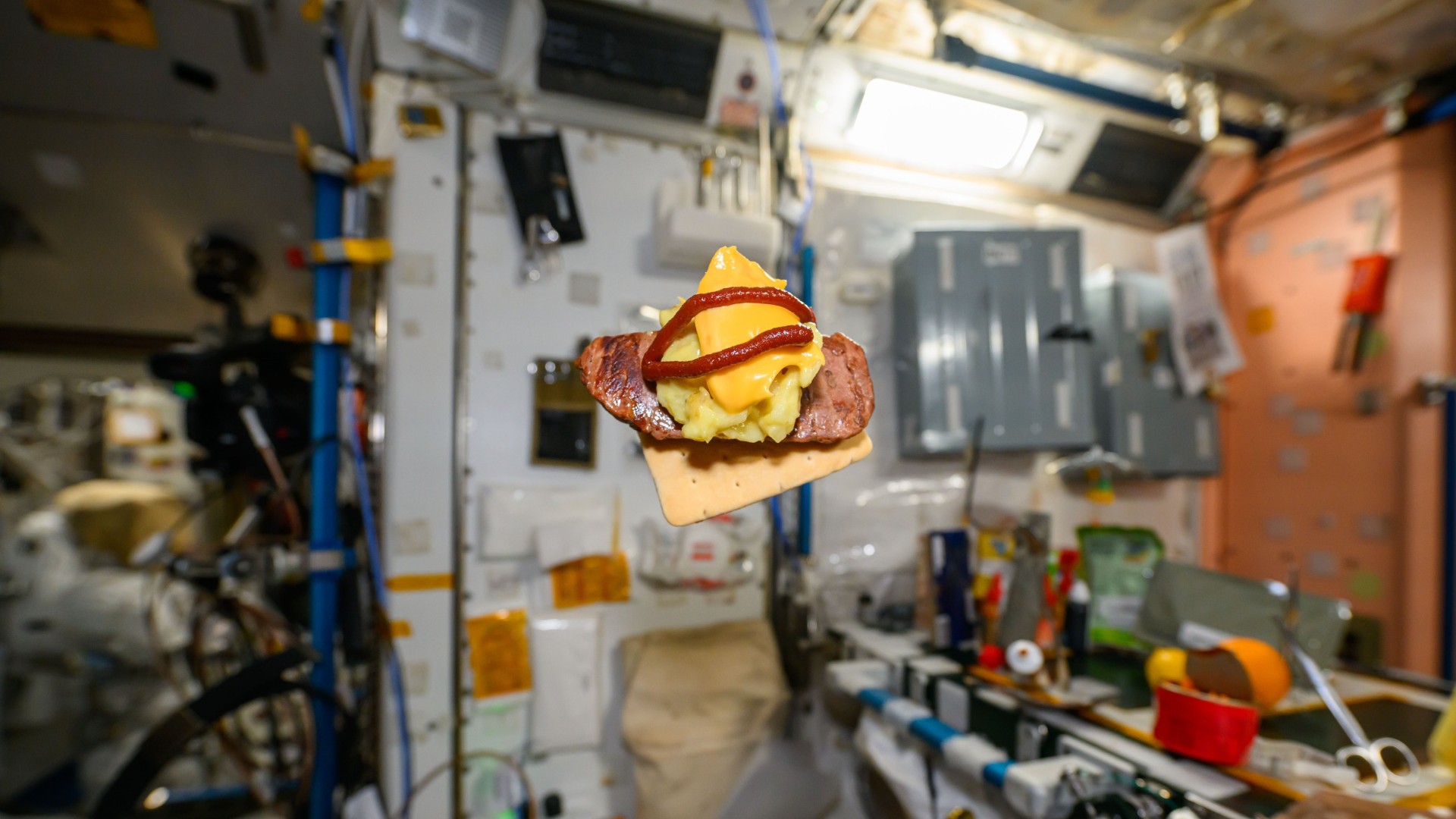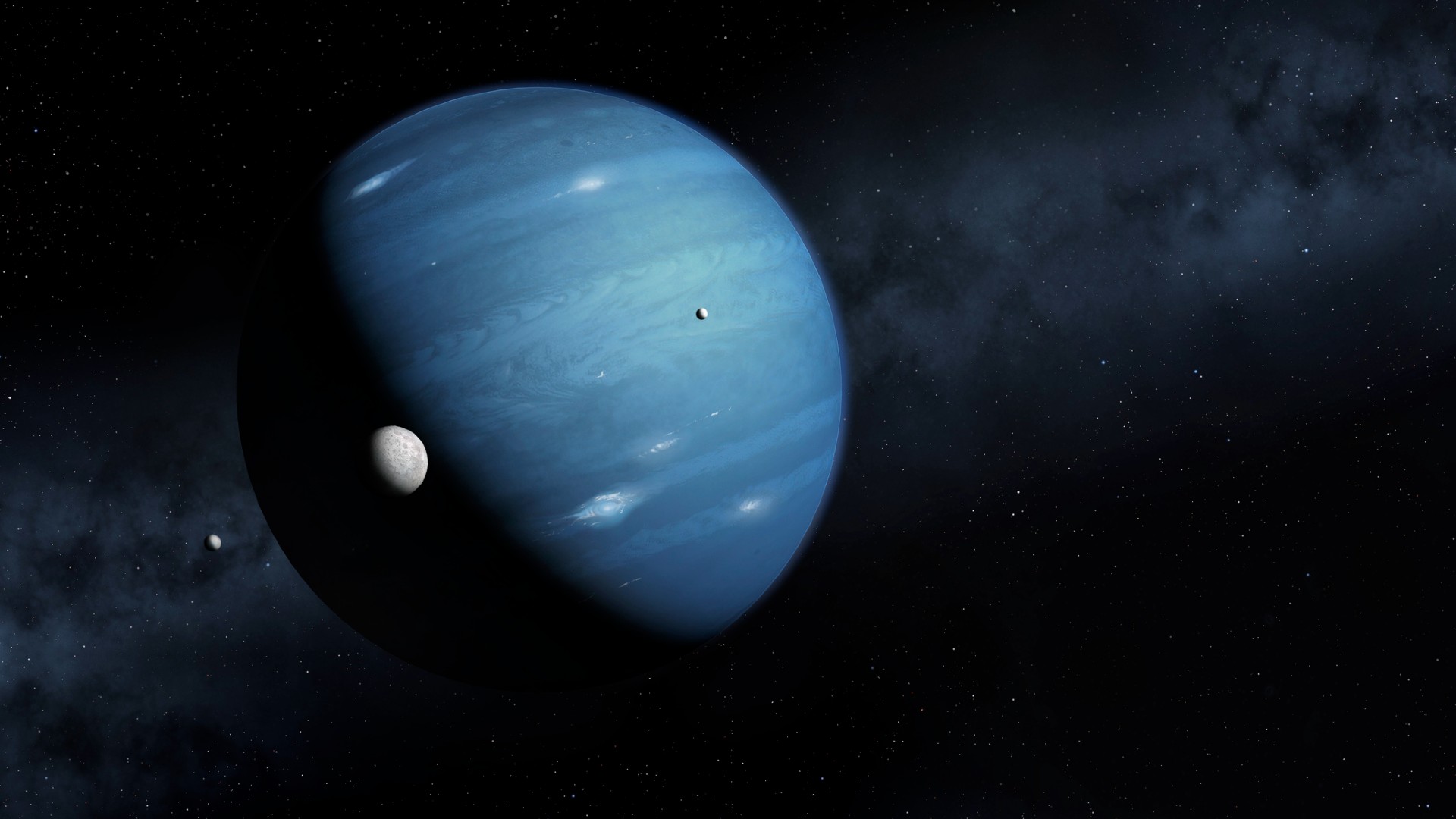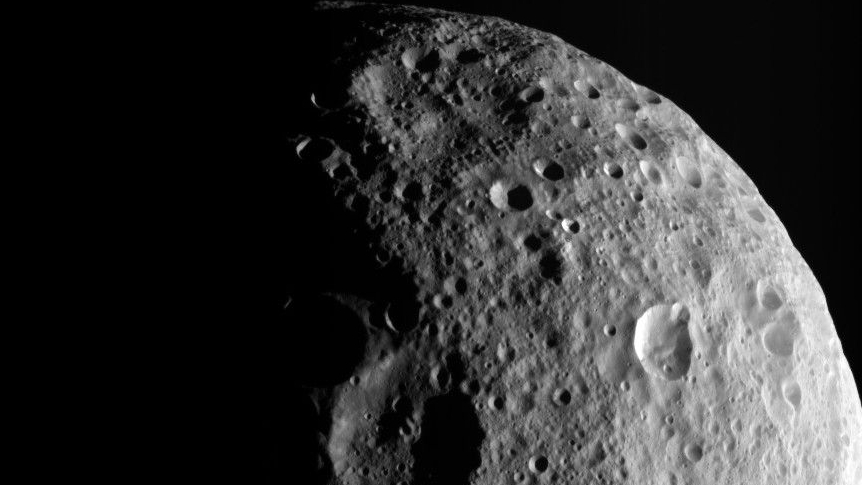How NASA's Newest Climate Satellite Got a Quick Fix
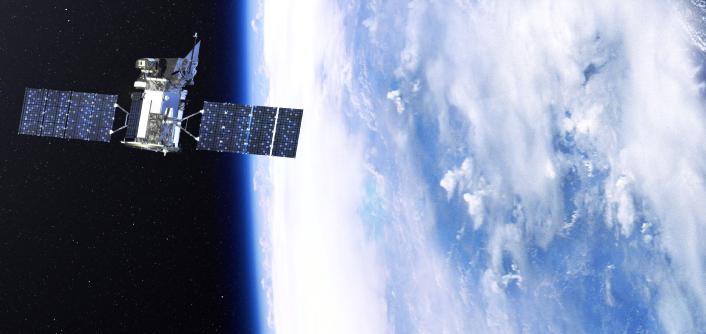
NASA's newest Earth-studying satellite, Glory, is ready to launch tomorrow (Feb. 23), but only after an unusually quick fix by the firm Honeybee Robotics. The New York-based company was able to design, test and provide a substitute part for the satellite in eight weeks.
"It was really a remarkable turnaround time for a component like this," said Greg Rahal, lead mechanical engineer for Orbital Sciences Corp., which built Glory.
Glory is a $424.1 million, 1,160-pound spacecraft (525 kilograms) with instruments aimed at studying how energy from the sun, as well as atmospheric particles called aerosols, affect Earth's climate.
The satellite's planned launch from California's Vandenberg Air Force Base aboard an Orbital Sciences Taurus XL rocket has been delayed repeatedly, most recently in October 2010 when Orbital Sciences discovered a problem in a device connected to the satellite's solar arrays.
Faulty part
The problem was a faulty slip ring module, a mechanism that takes electricity produced by the spacecraft's solar panels and conducts it back across a drive that allows the solar arrays to be rotated.
Some of the spacecraft's parts had been built for an earlier satellite, so the malfunction "was probably a cause of age and wear," Rahal said.
Get the Space.com Newsletter
Breaking space news, the latest updates on rocket launches, skywatching events and more!
Orbital Sciences called around to see if any robotics companies had an identical unit sitting on a shelf that could be substituted for the broken part, Kiel Davis, president of Honeybee Robotics, recalled.
"We told Orbital that, hey, we didn't have anything on the shelf, but we've got this guy here on staff that happens to be an expert in this area, and we could try to build you something from scratch in about eight weeks," Davis told SPACE.com.
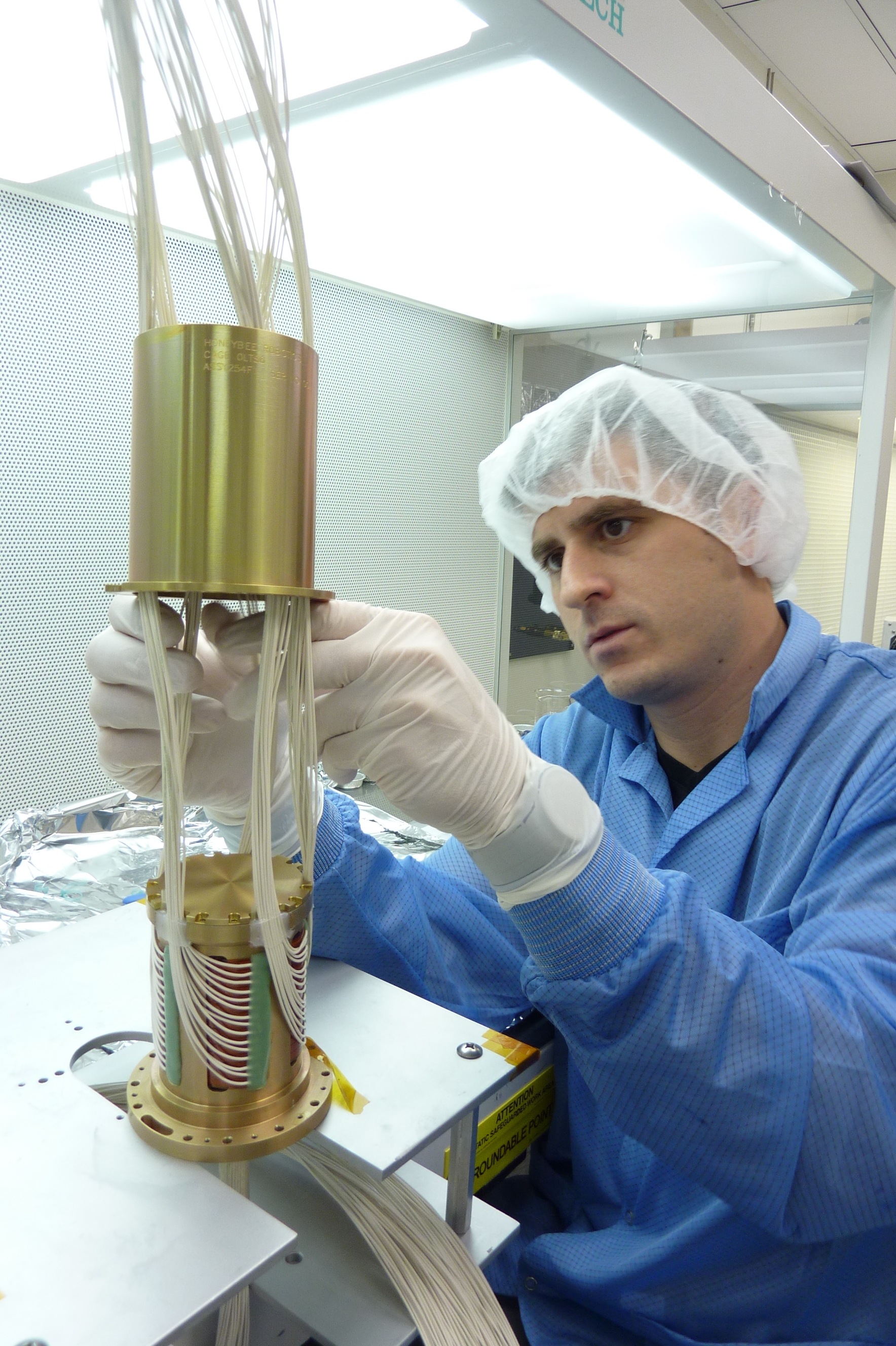
That kind of timescale is unheard-of in the typical process of building spacecraft mechanisms, Davis said.
"They were skeptical at first but they gave us a shot," he said. "We ended up delivering a brand new twist capsule eight weeks later."
Honeybee's expert in question was the firm's chief engineer, Ron Hayes, who specializes in slip ring modules and related devices called twist capsules. The robotics firm convinced Orbital that a twist capsule was the best bet to replace the broken part, and it embarked on a whirlwind quest to design, build and test the substitute. The company ended up building four identical mechanisms and delivering them to Orbital.
"I think we worked probably four straight weekends – we were flat out for a while," Davis said."For something to be starting from a conceptual sketch to go to fully qualified hardware in eight weeks, I don't know if it's ever been done before."
Orbital's Rahal confirmed that the process was incredibly quick.
"It took tight coordination between Honeybee and Orbital and the other interfaces that we have to deal with, and Honeybee had some really good engineers on it," he said.
Ready for launch
The gadget has been integrated into Glory after going through rigorous testing, including being strapped onto a vibration table to make sure it could withstand the stresses of launch.
"It's been working perfectly," Rahal said. "We shipped it out to the launch site right after the new year, and everything has gone really well since we got there."
The rest of the satellite was designed, built and tested at Orbital Science's Dulles, Va., satellite production facility.
Once the spacecraft is operational, the mission will be managed by NASA's Goddard Space Flight Center in Greenbelt, Md.
NASA hopes Glory will help solve a significant riddle in climate science: Just how exactly do aerosols interact with the rest of the atmosphere to affect climate?
"Glory has the potential to offer a critical view of aerosols that we have never had from space before," said Glory's deputy project scientist Ellsworth Welton in a release.
The satellite also will work in concert with other NASA climate spacecraft by joining a formation called the Afternoon Constellation.This fleet of satellites, referred to as "the A Train," will provide continuous observations of our planet's land, ocean and atmosphere to build an integrated picture for researchers to analyze.
You can follow SPACE.com senior writer Clara Moskowitz on Twitter @ClaraMoskowitz.
Join our Space Forums to keep talking space on the latest missions, night sky and more! And if you have a news tip, correction or comment, let us know at: community@space.com.

Clara Moskowitz is a science and space writer who joined the Space.com team in 2008 and served as Assistant Managing Editor from 2011 to 2013. Clara has a bachelor's degree in astronomy and physics from Wesleyan University, and a graduate certificate in science writing from the University of California, Santa Cruz. She covers everything from astronomy to human spaceflight and once aced a NASTAR suborbital spaceflight training program for space missions. Clara is currently Associate Editor of Scientific American. To see her latest project is, follow Clara on Twitter.
